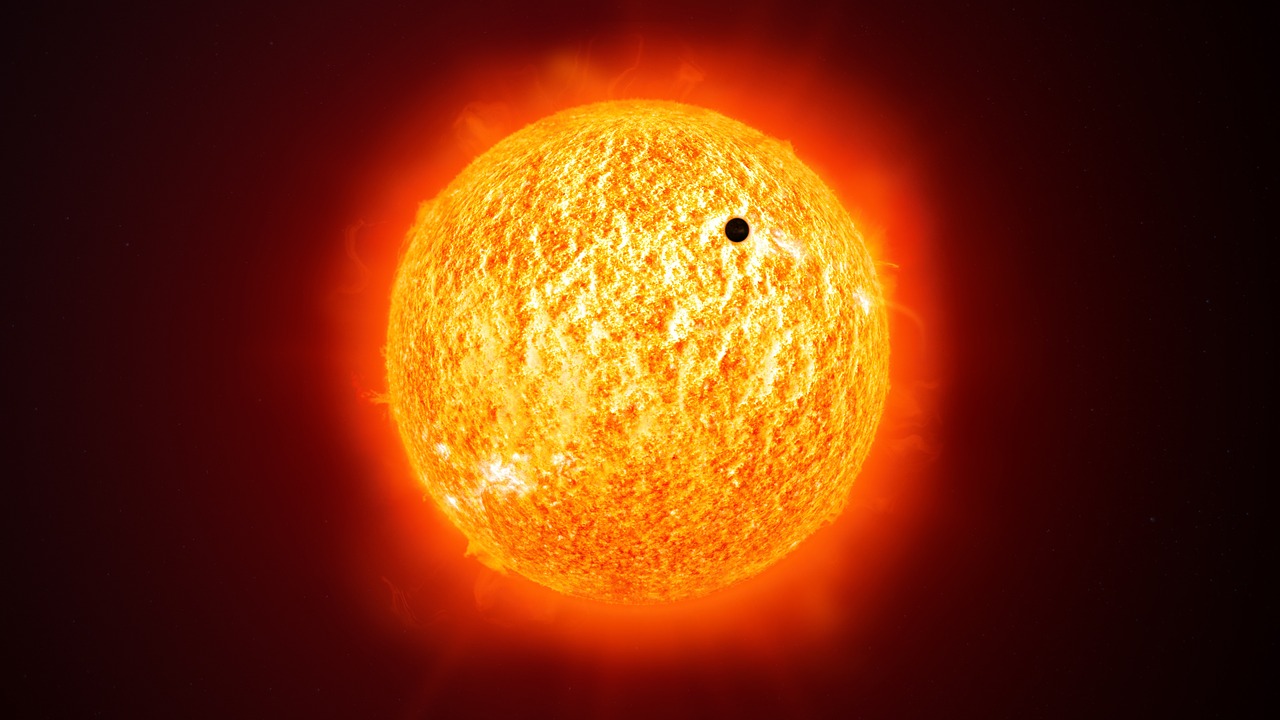
Europe's Solar Orbiter probe has launched aboard an Atlas rocket from Cape Canaveral in Florida for a mission to study the Sun from close quarters.
The Solar Orbiter, which lifted off at 04:03 GMT, will try to examine the dynamic behavior of the Sun using its wide array of cameras and sensors. Scientists will use findings from the €1.5 billion probe to improve the models used to forecast the Sun's activity.
Occasionally, the Sun will spew billions of tons of matter and entangled magnetic fields that can disrupt activity at Earth and the worst of these magnetic storms could trip the electronics on satellites, interfere with radio communications and even knock over power grids.
The Solar Orbiter (SolO) is a flagship venture of the European Space Agency (ESA) but with the participation of the National Aeronautics and Space Administration (NASA).
Once in space, the probe will be placed on a path that takes it periodically to within 42 million kilometers of the Sun's surface, which is closer than the planet Mercury. In order to survive the extreme temperature, SolO will have to work from behind a large titanium shield.
To prevent internal components from melting, photos will be taken through peepholes that must be closed after a data-gathering session.
Dr. Michelle Sprake, a systems engineer with European aerospace manufacturer Airbus, said: "We've had to develop lots of new technologies in order to make sure that the spacecraft can survive temperatures of up to 600C."
She added: "One of the coatings that makes sure the spacecraft doesn't get too hot is actually made out of baked animal bones."
Aside from six imagers, SolO has four in-situ instruments to be used for collecting samples of the plasma and magnetic fields passing over the spacecraft.
Prof. Tim Horbury from Imperial College London said: "Solar Orbiter is all about the connection between what happens on the Sun and what happens in space."
"We need to go close to the Sun to look at a source region, then measure the particles and fields that come out from it. It's this combination, plus the unique orbit, that makes Solar Orbiter so powerful in studying how the Sun works and affects the Solar System," Prof. Horbury explained.






